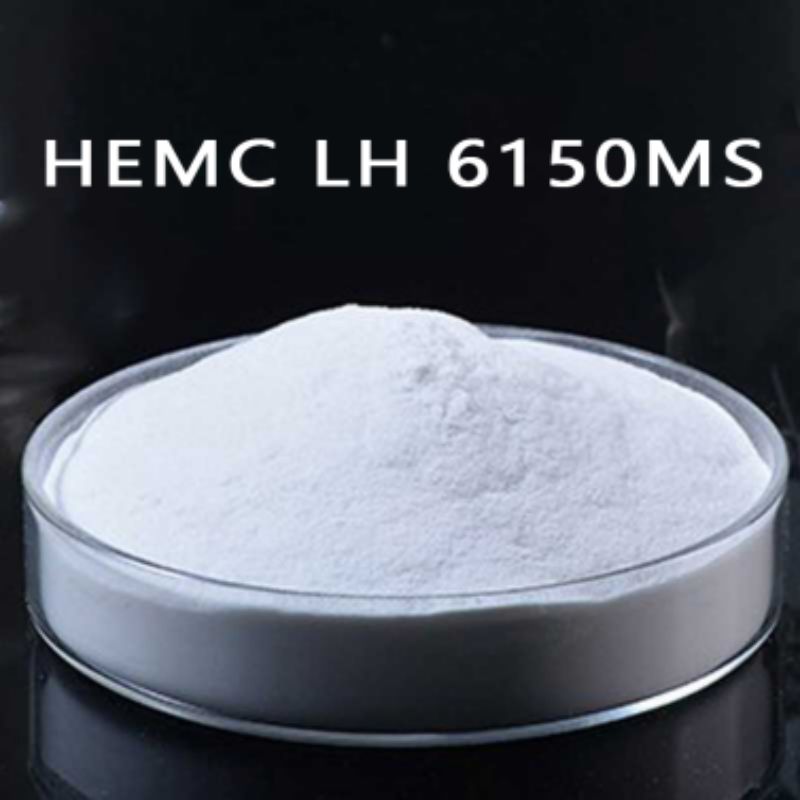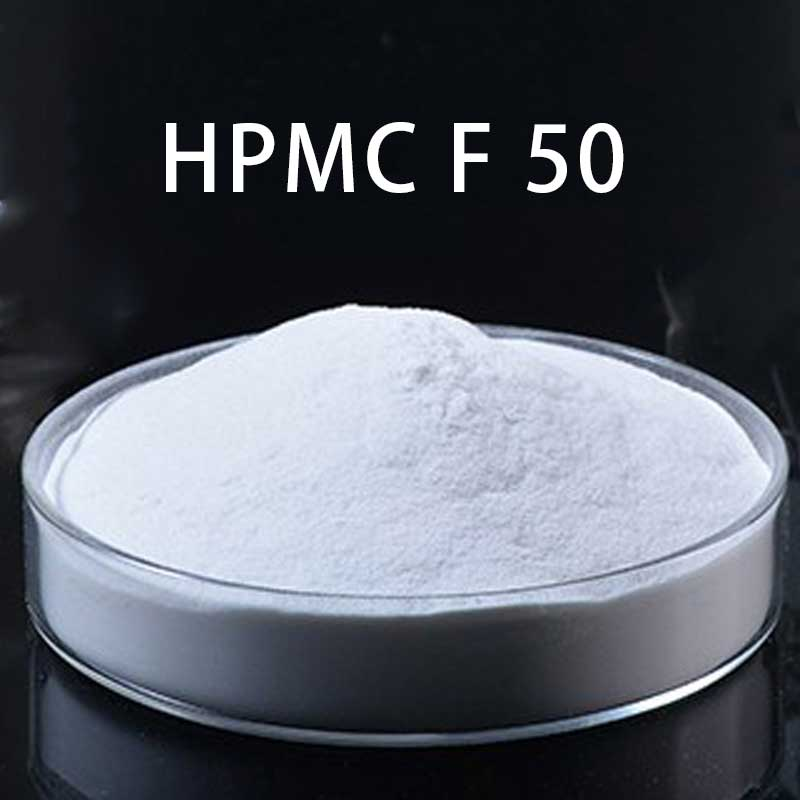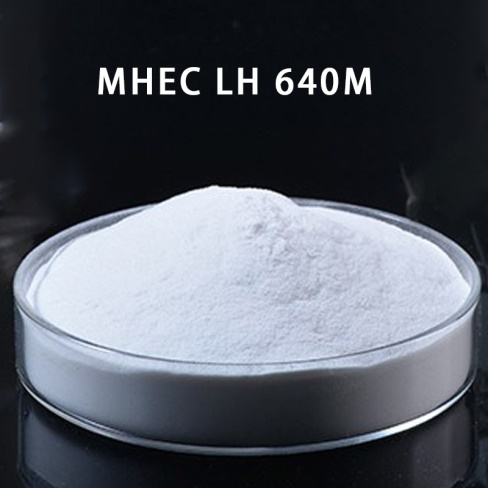- Home
- Difference Between Carboxymethyl Cellulose And Hydroxypropyl Methylcellulose
Difference Between Carboxymethyl Cellulose And Hydroxypropyl Methylcellulose: Which is Better for Your Needs?
Are you looking for the best quality cellulose products? Look no further than Hebei Yibang Building Materials Co., Ltd. As a leading manufacturer, supplier, and factory, we are proud to offer a range of high-performance cellulose products including Carboxymethyl Cellulose (CMC) and Hydroxypropyl Methylcellulose (HPMC).
Our Carboxymethyl Cellulose is widely used in the food, pharmaceutical, and cosmetic industries for its thickening, stabilizing, and emulsifying properties. On the other hand, our Hydroxypropyl Methylcellulose is commonly used in construction materials such as adhesives, coatings, and gypsum-based products due to its water retention and workability enhancing qualities.
With our dedication to quality and customer satisfaction, we ensure that our products meet the highest industry standards. Whether you need CMC or HPMC, Hebei Yibang Building Materials Co., Ltd. is the best choice for all your cellulose product needs.
Kingmax Cellulose Co., Ltd.

Company News
Related News
Hydroxypropyl MethylCellulose (HPMC)
Shop HPMC products from our factory. Discover the benefits of Hydroxypropyl MethylCellulose for various industries. Quality guaranteed.
HPMC YB 540M
Get high-quality HPMC YB 540M from our factory. We assure consistent supply and competitive prices. Contact us for bulk orders and reliable service.
Redispersible Latex Powder Has Good Property Vae
Discover the benefits of redispersible latex powder with good VAE properties. Our factory produces high-quality products for various applications.
Hydroxyethyl Methyl Cellulose (HEMC)
Discover the superior quality of HEMC with our factory direct products. Trust our expertise for all your cellulose needs. Shop now!
HEMC LH 640M
Looking for high-quality HEMC LH 640M? Look no further! Our factory produces top-notch HEMC LH 640M products for all your industrial needs.
Carboxy Methyl Cellulose(CMC)
Get high-quality Carboxy Methyl Cellulose (CMC) from our factory. We are a trusted manufacturer providing top-notch CMC products for various industries.
HEMC LH 6200MS
Get high-quality HEMC LH 6200MS from our factory. We offer superior products at competitive prices. Contact us for more information.
HEC YB 150000
HEC YB 150000 - High quality product manufactured in our factory. Explore our range of durable and reliable products for your needs.
MHEC LH 6150M
Shop MHEC LH 6150M from our factory. Get high-quality products at great prices. Perfect for your industrial and construction needs. Buy now!
HPMC F 50
HPMC F 50 - We are a factory specializing in the production of high-quality HPMC F 50. Contact us for all your HPMC needs.
HEC YB 300
HEC YB 300 is a top-quality product from our factory, designed for optimal performance and durability. Shop now for high-grade industrial solutions.
HEMC LH 6150M
Get reliable HEMC LH 6150M from our factory. We offer high-quality products with fast shipping and competitive prices. Shop now!
MHEC LH 640M
Shop MHEC LH 640M at our factory for premium quality and exceptional performance. Experience the difference in our innovative products.
HEMC LH 6100M
Discover the best quality HEMC LH 6100M from our factory. We offer the finest products to meet your needs. Explore our range now!
HPMC YB 5150MS
Get high-quality HPMC YB 5150MS from our factory. We are experts in manufacturing and guarantee the best performance for your products.
- Difference Between Carboxymethyl Cellulose And Hydroxypropyl Methylcellulose: Which is Better for Your Needs?
- Reviews
- Related Videos
Are you in the market for a versatile and effective cellulose-based product? Look no further than our range of Carboxymethyl Cellulose and Hydroxypropyl Methylcellulose. These two unique substances share some similarities but also have distinct differences that make each suitable for specific applications. Carboxymethyl Cellulose, commonly known as CMC, is a water-soluble polymer derived from cellulose. With its high viscosity and stability, CMC is widely used in the food industry as a thickener, stabilizer, and emulsifier. Its ability to retain water makes it a popular ingredient in baked goods, dairy products, and oral pharmaceuticals. On the other hand, Hydroxypropyl Methylcellulose, or HPMC, is a modified cellulose ether with similar water-solubility properties. HPMC is valued for its film-forming and thickening abilities, making it an ideal ingredient in pharmaceuticals, construction materials, and personal hygiene products. While both products offer water retention and film-forming capacities, their different molecular structures and functional groups make them suitable for distinct applications. Utilize CMC for its excellent viscosity and stability in food and pharmaceutical products, while HPMC's film-forming and thickening properties make it an ideal choice for construction materials and personal care items. In conclusion, our Carboxymethyl Cellulose and Hydroxypropyl Methylcellulose products are versatile, high-quality substances that can enhance a wide range of products in various industries. Whether you require a superior thickener for food applications or a reliable film-forming agent for personal care items, our cellulose-based products are the perfect solution for your needs.
I recently tried both carboxymethyl cellulose and hydroxypropyl methylcellulose as thickening agents for my homemade cosmetics, and there are some significant differences between the two. Carboxymethyl cellulose has a higher viscosity and is better at suspending solid particles, making it ideal for creating smooth and creamy textures. On the other hand, hydroxypropyl methylcellulose has better water retention properties and is great for creating gels and films. It also has better stability over a wide range of pH levels. Both have their own unique properties and are suitable for different applications, so it's important to choose the right one based on your specific needs.
I recently tried both Carboxymethyl Cellulose (CMC) and Hydroxypropyl Methylcellulose (HPMC) for my baking needs and noticed a significant difference between the two. CMC, also known as cellulose gum, is great for providing stability and thickening in recipes, especially for gluten-free baking. On the other hand, HPMC, a modified cellulose ingredient, is excellent for texture and moisture retention in baked goods. I found that CMC worked well for thickening frostings and fillings, while HPMC was perfect for improving the texture of gluten-free bread and cakes. Both are essential for gluten-free baking, but it's important to understand their specific uses for optimal results.
Contact us
Please feel free to give your inquiry in the form below We will reply you in 24 hours


















